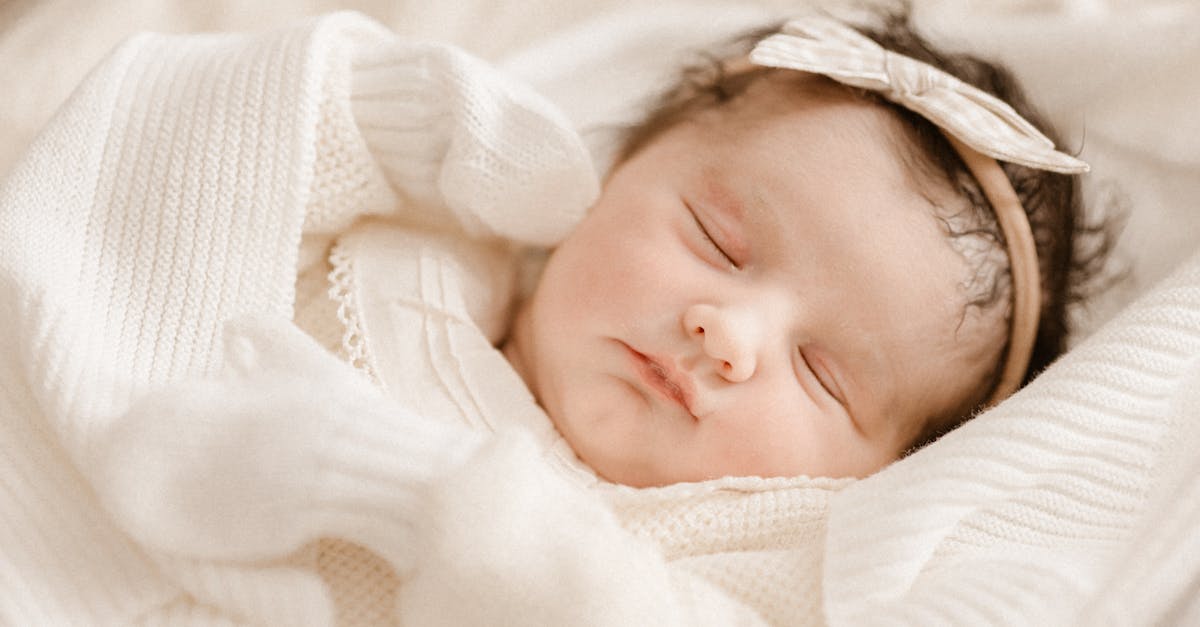Knitting enthusiasts understand the sheer joy of diving into a project armed with a pattern and a set of needles. However, deciphering knitting pattern abbreviations can sometimes feel like cracking a complex code. Within the realm of knitting patterns, some abbreviations hold particular significance, especially in intricate techniques like lace knit, aran knit, cable knit, and fair isle knit. Let’s uncover seven key facts about pattern abbreviations to demystify these knitting techniques.
1. Lace Knit Patterns:
– Lace knit patterns often feature delicate and intricate designs resembling fine lacework.
– Common lace knit pattern abbreviations include terms like YO (yarn over), SSK (slip, slip, knit), and K2Tog (knit two together).
– These abbreviations are essential for creating the lacy appearance in knitting projects, adding a touch of elegance and sophistication.
2. Aran Knit Patterns:
– Aran knit patterns showcase rich textures and intricate cable designs, originating from the Aran Islands of Ireland.
– Abbreviations like C4F (cable four front) and C6B (cable six back) are often used in Aran knit patterns to denote specific cable techniques.
– By mastering these abbreviations, knitters can create stunning Aran knit pieces that exude timeless charm and craftsmanship.
3. Cable Knit Patterns:
– Cable knit patterns involve crossing stitches to create twisted motifs and intricate designs, adding depth and dimension to knitted fabric.
– Abbreviations such as 3/3 RC (three over three right cross) and 2/2 LC (two over two left cross) are commonly seen in cable knit patterns to indicate the direction of the cable twist.
– Understanding these abbreviations is crucial for executing flawless cable knit projects that showcase the beauty of twisted stitch patterns.
4. Fair Isle Knit Patterns:
– Fair Isle knit patterns feature colorful stranded colorwork, often incorporating traditional motifs and intricate designs inspired by the Fair Isle technique.
– Abbreviations like MC (main color) and CC (contrast color) are frequently used in Fair Isle patterns to denote color changes within a row.
– By familiarizing themselves with these abbreviations, knitters can create visually striking Fair Isle pieces that blend multiple hues seamlessly.
5. Universal Abbreviations:
– While specific techniques like lace, Aran, cable, and Fair Isle have their unique abbreviations, knitters also encounter universal abbreviations used across various types of patterns.
– Common universal abbreviations include P (purl), K (knit), st(s) (stitch(es)), and RS/WS (right side/wrong side), among others.
– Mastering these universal abbreviations is essential for interpreting knitting patterns accurately and executing different stitches with precision.
6. Abbreviation Guides and Resources:
– Knitting pattern abbreviations can vary across different designers and publications, making it crucial for knitters to consult abbreviation guides and resources.
– Online platforms, knitting books, and pattern guides often provide comprehensive lists of common abbreviations and their corresponding meanings, aiding knitters in navigating through diverse patterns.
7. Practice Makes Perfect:
– Learning and memorizing knitting pattern abbreviations may seem daunting at first, but like any skill, practice is key to mastery.
– By actively engaging with patterns, experimenting with various techniques, and challenging themselves with new projects, knitters can enhance their familiarity with pattern abbreviations and develop confidence in tackling complex designs.
In conclusion, understanding knitting pattern abbreviations is a fundamental aspect of unraveling the world of knitwear design. Whether delving into the realm of lace, Aran, cable, or Fair Isle knitting, mastering these abbreviations empowers knitters to create intricately crafted pieces that showcase their skill and creativity. With practice, patience, and a willingness to embrace new techniques, knitters can decode the language of patterns and embark on endless knitting adventures.


